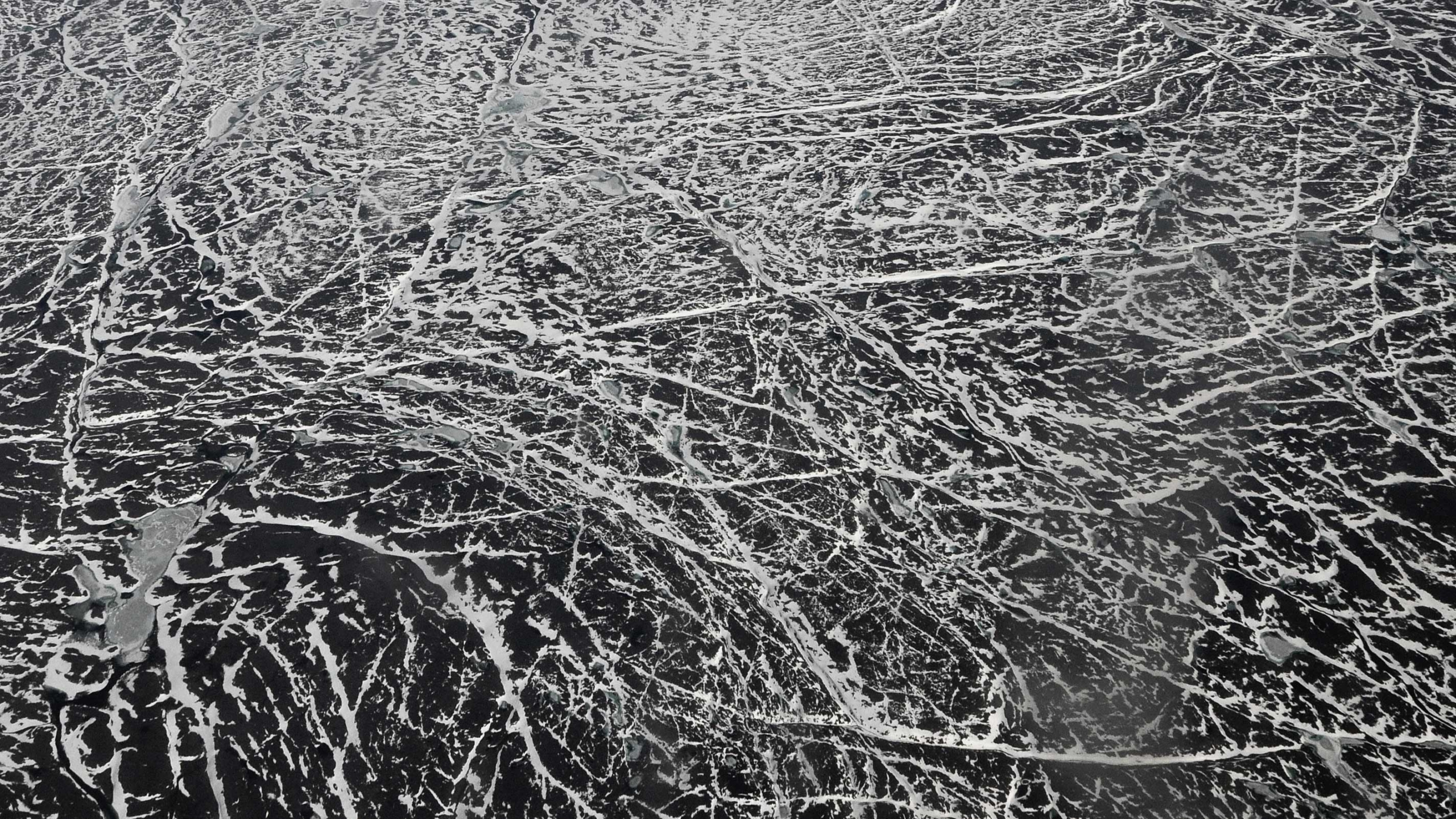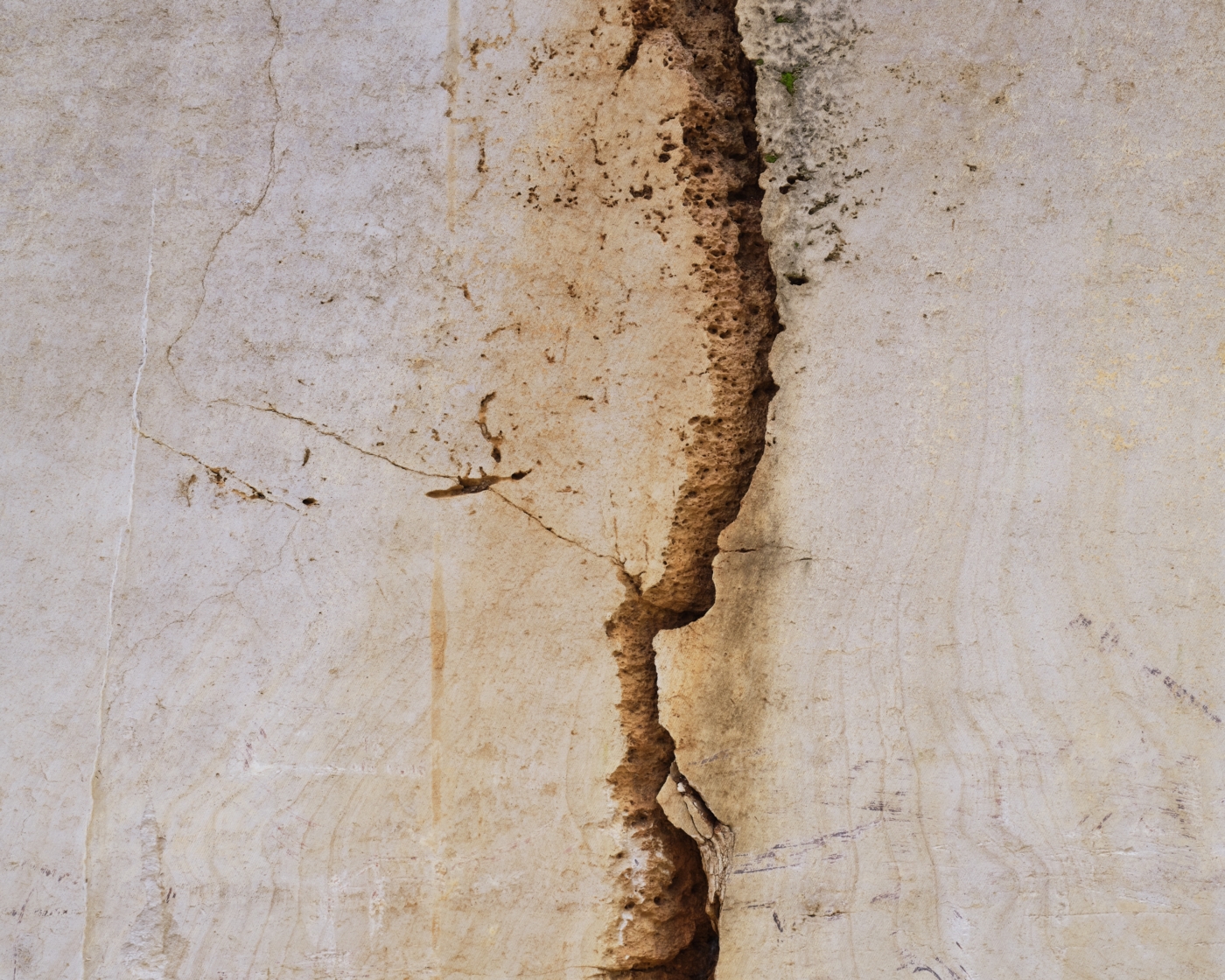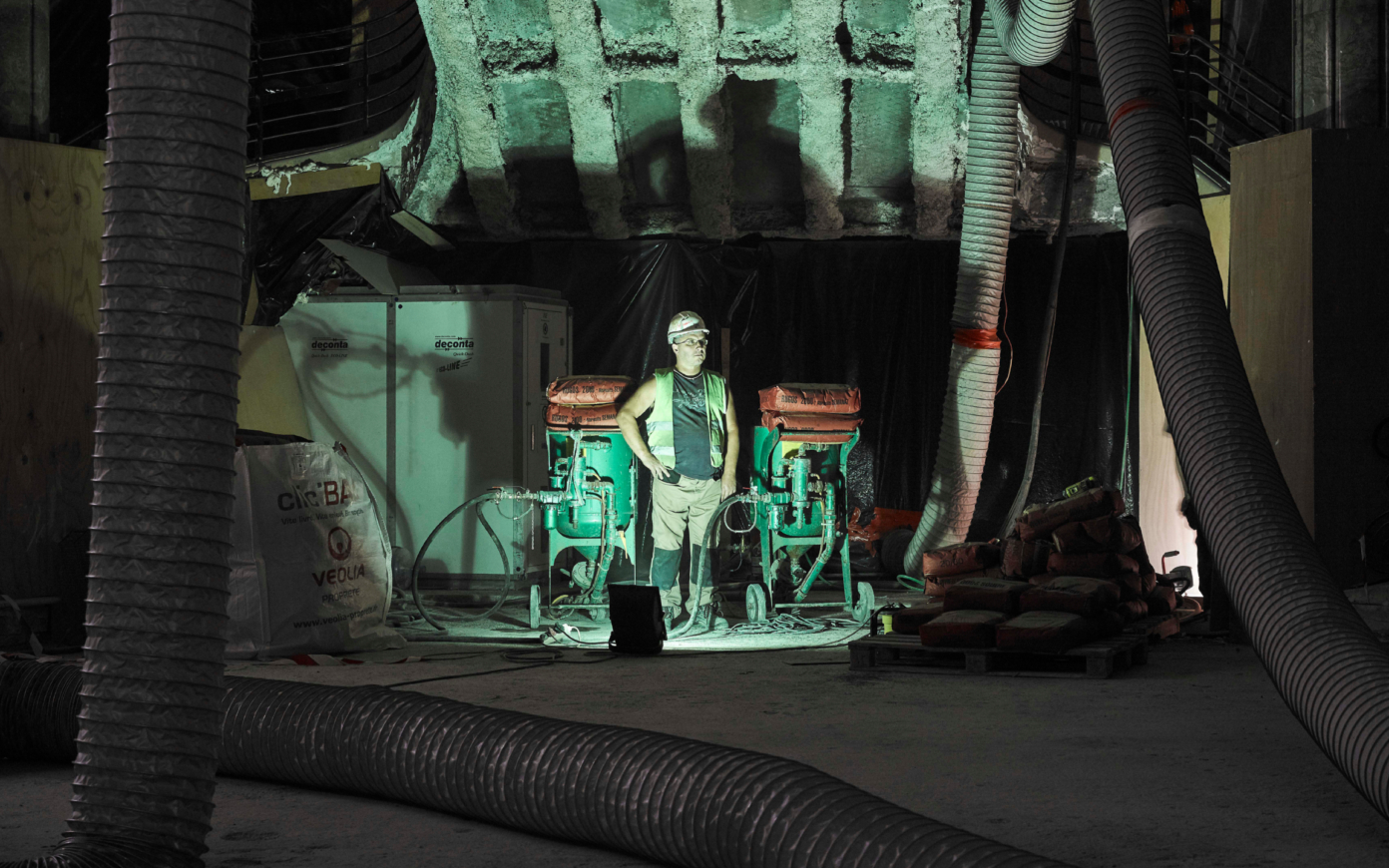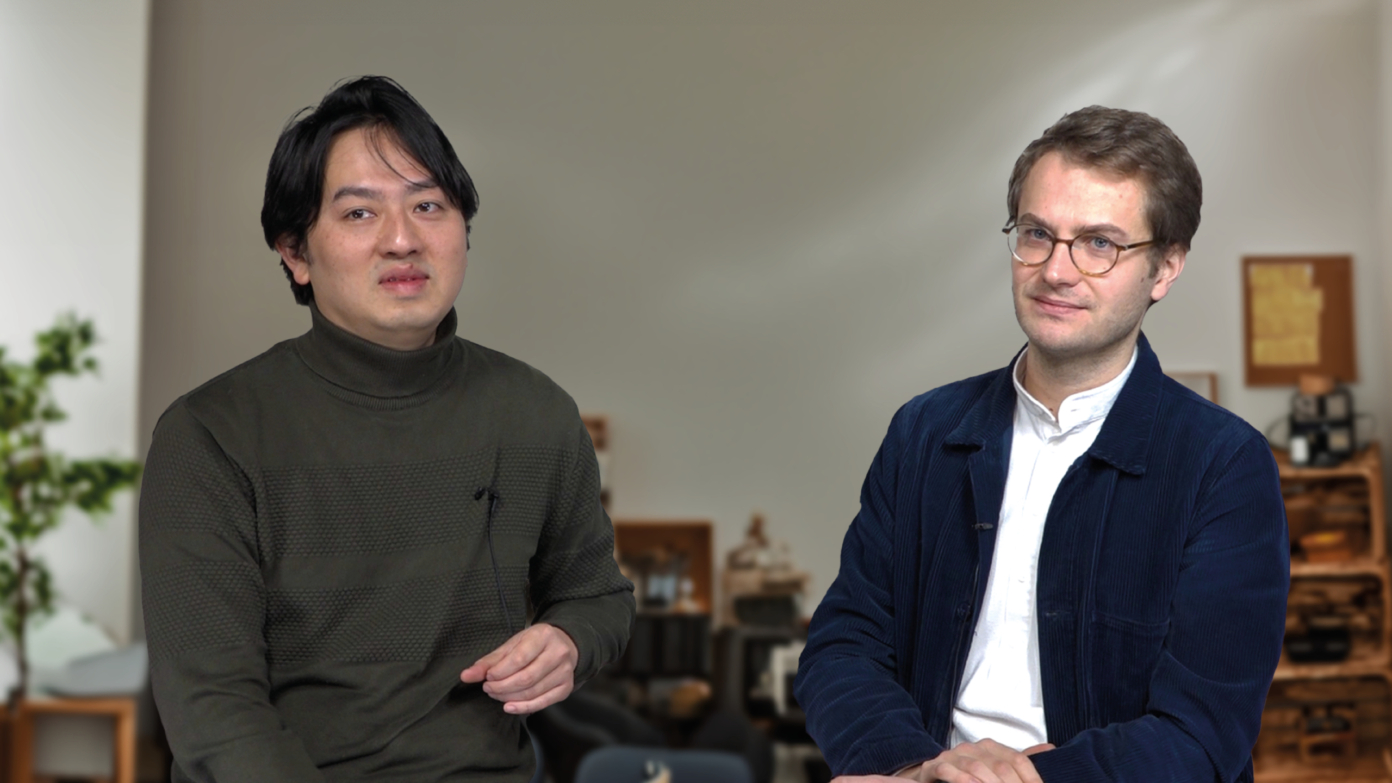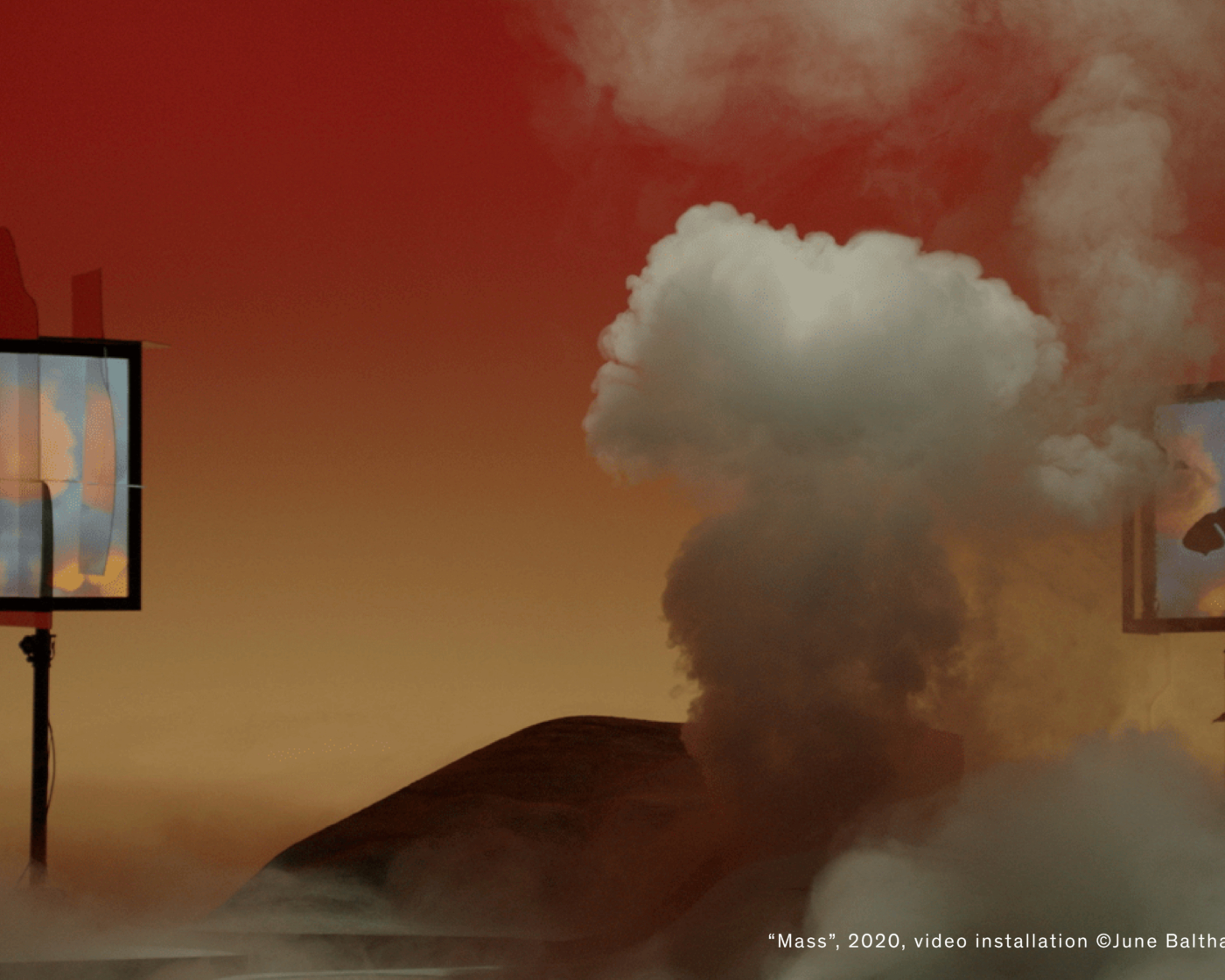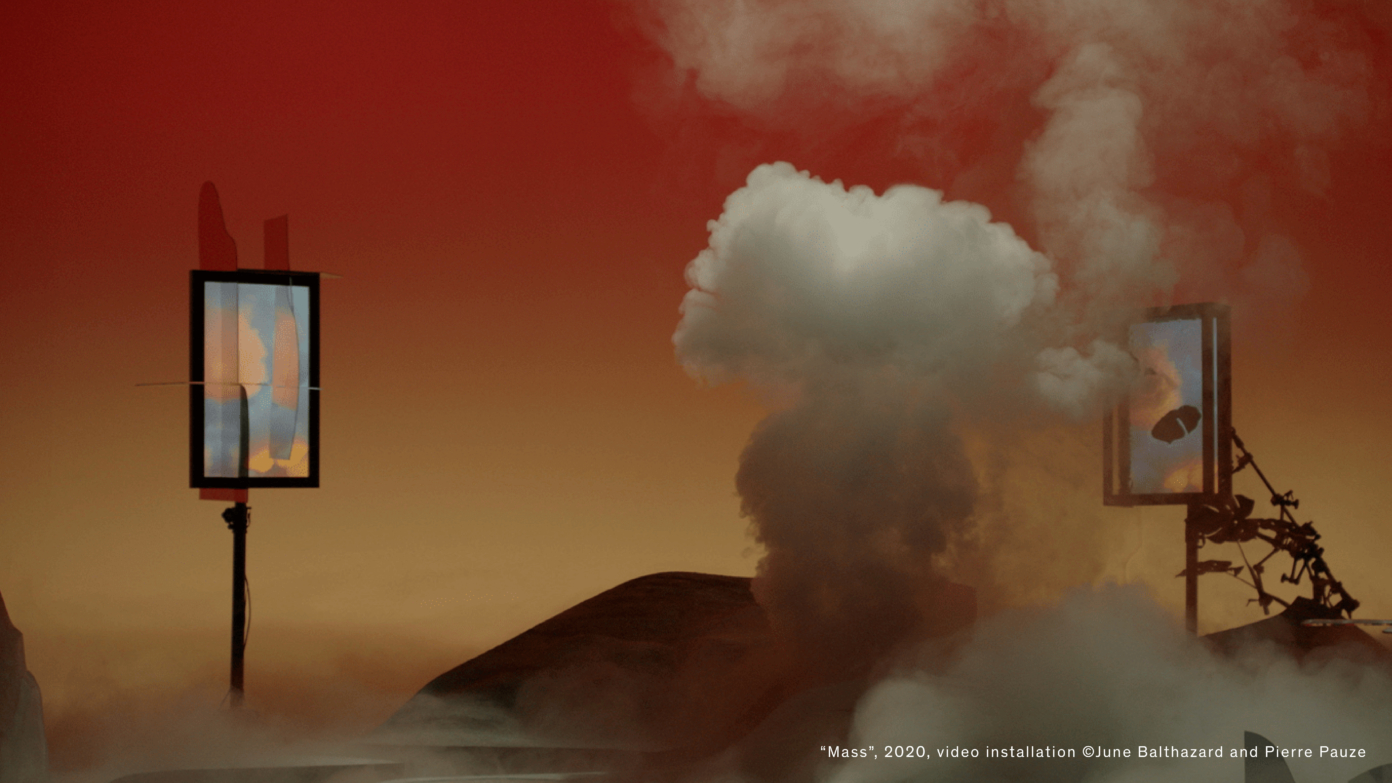Revolution(s)
Do you feel that the beginning of the twenty-first century is really a time of rupture ? If so, what are the primary factors ?
Although we are probably living through one or even many ruptures, that does not mean we are able to identify them properly. In general, we are not really conscious of the revolutions that we initiate, nor are we conscious of the revolutions we undergo. It is a bit like physics: at first, conceptual revolutions are thought of as simple evolutions. In 1905, for example, special relativity revolutionized our concepts of space and time, most notably the way in which they were connected. Special relativity was first thought of as a simple adjustment to Newtonian physics, which it had invalidated. This example is a parabola: the fact that it is difficult, impossible even, to understand the implications of a revolution at the very moment of its occurrence impacts the language we use to speak of it. Prejudices, approximations, and linguistic habits wear down our ability to perceive the radicalism that is inherent to the changes themselves. Once this initial way of speaking of revolution embeds itself in people’s everyday thought, it is difficult to rethink it in a way that expresses what it really represented.
Yet, there is another factor that confuses our perception of ruptures in progress: we are no longer able to tell which history we are in the process of creating. On the one hand, this is because the consequences of our actions are in part unforeseeable, and on the other, because we have choices to make. Scientific knowledge is paradoxical in that it also produces a very special type of uncertainty: it does not allow us to know what it is that we’re going to do with it. As an example, our biological knowledge enables us to make genetically modified organisms, but it does not tell us whether or not we should make them. This is a question of values, whereby techno-scientific decisions are difficult to make. Such decisions are even more complex considering that we have understood that we cannot know the extent of the consequences of our actions in advance. “If people sometimes know what they’re doing,” warned Paul Valéry, “they never know what their doing will do.” From here stems the collective reflex that has driven us to defiantly maintain incertitude in the face of what we know, and what we do. The idea that there is no mastery over innovation sometimes even takes precedence over the discourse that scientific progress is always positive. This is how uncertainty has become the fundamental component of the relationship between society and the scientific and technical world.
That said, there is one area in which we are sure of being close to a form of rupture: energy. We know in fact that our development model brushes up against two major constraints: the increasing rarity of conventional resources of oil and natural gas, which are the easiest and most cost-effective to tap into; and climate change, which has been brought on by greenhouse gas emissions. That is why the feeling of a forthcoming crisis arose—we took heed of the problem and the difficulty of resolving it at the same time. Despite being convinced of the necessity of addressing our behavior as regards energy consumption, collective consciousness appears at once paralyzed and indecisive. Frozen in the face of the obstacle, and hesitant with regard to the nature and intensity of the transition to be undergone, people come to doubt their own ability to act. Collective consciousness then finds itself in the exact situation that Hegel has described as “unhappy consciousness.”
The extent of our energetic servitude has become clearer over time. Societies know that in order to maintain their systems of production and consumption they must continue to “grow”—that is, to consume more and more energy, ever more rapidly. However, compared to previous crises, in which the discovery of a new source of primary energy always seemed to solve the problem, our societies are now threatened with the noxious and irreversible effects that have been brought on by excessive consumption. A loss of confidence in the idea of progress has now taken hold. “Progress” has been reduced to the contradiction of seeking innovations that simply prolong a cycle that has reached saturation point and transform the energetic regime of our societies.
The question that we must collectively solve is the following: are we able to invent a new mode of production and consumption that will help us break free from the shackles of energetic servitude? In the face of this problem, on a planetary as well as an individual scale, it would be irresponsible to pretend as if nothing has happened and as if science were going to solve it all. Even if we have to research and prepare ourselves, technological ruptures cannot be our main source of hope, because many of these still remain deeply hypothetical. It is not up to science to deal with everything. We must not let ourselves be swept up in utopic diversions that take us so far away from the problem that they would have us believe that everything will be resolved in a kind of “business as usual.” It is a simple matter of coherence: we cannot expect the intellectual and material principles that created our world, and which are now used to diagnose it, to prescribe remedies. This is not about disbelieving in science, but about recognizing that it alone will not be able to provide the solution.
Underlying the general idea of progress is the conviction that its “negative” sides can be relativized, seeing that the “purely negative” does not exist. It is like the skin on the milk—that is to say, the part on which we will be able to act in order to make changes for the better. Declaring oneself progressive or modern entails believing that negativity contains a driving energy that can be used to transform it into its opposite. However, this hope faded over the course of the twentieth century, which has been so sobering in many ways. It has even brought us to the “after” of this idea; to a critical and doubtful phase. In some respects, “postmodernity” was modernity without illusions. Illusion was the idea that society could have an end state, in which there would be nothing else to do but continue, and repeat, without exerting any more effort than what had originally been required to get to that state. We understand that the number of problems does not decrease as we move forward. Progress is not understood as a pure relief, but as a concern, a diffuse feeling of uneasiness.
An anagram for the idea of progress is the degree of hope. Of course, the coincidence of the two is somewhat a matter of happenstance, but one in which we can nonetheless attempt to find meaning—in order for the belief in the idea of progress to regenerate and become sincere again, we must create an affective and intellectual filiation between ourselves and the future. Configuring and representing the future requires preparation. Otherwise, it remains intellectually dormant, and it is besieged by fear rather than desire; future and hope are sequestered. It is not a matter of allowing oneself to be seduced by purely utopic expectations, but of keeping the horizon of waiting from receding. Utopia only heightens the desperation in our actions. Because it is not embedded in our experience, it cannot point the way to the ideals that it always locates somewhere else, far away.
People from my generation (I was born in 1958) grew up on weekly comics such as Tintin and Pilote, which always portrayed what life would be like in the year 2000—how people would be working, moving, eating, and so forth. While most of these anticipated futures have turned out to be false, that didn’t stop the fact that the future was there, right under our noses! It wasn’t thought of as a pure and empty haven, but as a time that would really happen. It was enough to chart a course, to liven up our day and age by giving it historical potency. Today, when we take the risk of making a forecast, we don’t go any further than 2025, which is practically tomorrow. What about 2050? We must work at configuring our future better.
The notion of progress that accompanied such projections was “consoling” in two ways. First, by feeding the hope of improving living conditions in the future, it made history bearable. More specifically, it dangled the prospect of utopia ahead of us. It was indeed a desirable utopia, but one that would not appear on its own. It would only be attainable if we “gave it our all.” As it was both believable and attractive, it made us pull up our socks, roll up our sleeves, and get moving. Progress in these terms was also consoling in that it gave meaning to the sacrifices which it demanded. Working toward a certain ideal for the future meant that humankind was required to forward a notion of progress which individuals could not experience themselves, because they were but tiny links in an endless chain of generations. Kant identified this when he wrote that the idea of progress provided “a consoling view of the future, in which the human species is represented in the far distance as having at last worked itself up to a condition in which all the germs implanted in it by Nature may be fully developed, and its destination here on earth fulfilled.” Believing in progress basically meant refusing to be bohemian; it entailed sacrificing the personal present in order to build a shared future. Are we there yet, though ?
